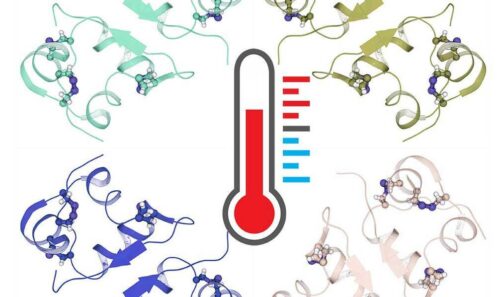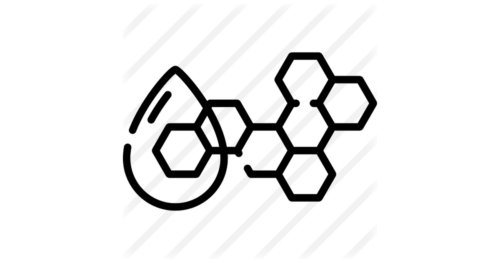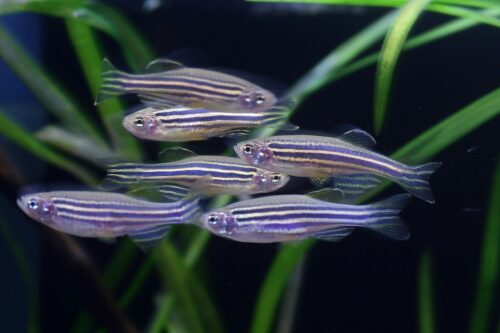In this study, we systematically investigated the interaction of fullerenes/fullerenols with model proteins using a widely used computational docking program Autodock 4.0. We found that pi-pi interaction existed in all the proteins-fullerene/fullerenol systems investigated here, and contributed greatly to the overall interaction energy. We also found that with the increase of the carbon cage size, the binding strength between proteins and fullerenes/fullerenols increased constantly. In addition, our results show that functionalization of fullerenes with polar groups, such as hydroxyl groups, decreases the binding between proteins and fullerene derivatives. In other words, the more hydroxyl groups on fullerenols, the weaker binding between proteins and fullerenols.
Related researches 71 articles























![Inhalable gadofullerenol/[70] fullerenol as high-efficiency ROS scavengers for pulmonary fibrosis therapy](https://biofullerene.com/wp-content/uploads/2022/12/istockphoto-12925559-440x356.jpg)

























![Palladium-Catalyzed Reaction of [60]Fullerene with Aroyl Compounds via Enolate-Mediated sp 2 C-H Bond Activation and Hydroxylation](https://biofullerene.com/wp-content/uploads/2022/12/2978543-356x356.png)











